|
Podcast merch!
Listen and subscribe: RSS FEED ITUNES Soundcloud Stitcher Spotify If the episodes below don't load, turn off your ad blocker. |
|
After some background information on what redox state means for exercise and your mitochondria, we look at some experiments linking various intensities of exercise to adaptations. Then we look at where these signals overlap with dieting and rest, and tie these into advice and realistic expectations for training, recovery, and nutrition. We also answer your listener questions on RED-S, measuring recovery, exercise intensity, and more.
Show Notes Review papers on fluorescence measurement and redox adaptations Mitochondrial function in vivo evaluated by NADH fluorescence: from animal models to human studies NAD+/NADH and skeletal muscle mitochondrial adaptations to exercise Main podcast study Nuclear SIRT1 activity, but not protein content, regulates mitochondrial biogenesis in rat and human skeletal muscle Frequently referenced study linking SIRT activation to mitochondrial biogenesis (not mentioned in episode) Sirtuin 1 (SIRT1) Deacetylase Activity Is Not Required for Mitochondrial Biogenesis or Peroxisome Proliferator-activated Receptor-γ Coactivator-1α (PGC-1α) Deacetylation following Endurance Exercise*
0 Comments
When it comes to glycogen, does "train low" actually work? Rory joints to co-host as we examine and dissect the existing literature, and explore the limits of knowledge on p38 MAPK signaling as it relates to aerobic performance. We go through Kolie's coaching experience with these protocols, compare to existing recommendations, discuss why you should always check someone's references, and answer your listener questions.
Show Notes Exercise Stimulates Pgc-1α Transcription in Skeletal Muscle through Activation of the p38 MAPK Pathway Acute signalling responses to intense endurance training commenced with low or normal muscle glycogen Skeletal muscle adaptation and performance responses to once a day versus twice every second day endurance training regimens
This episode takes a long look at the mechanisms behind aerobic adaptations from high intensity exercise, starting with an early study showing how AMPK activation leads directly to mitochondrial biogenesis, followed by a recent meta-analysis showing when high intensity exercise does and doesn't lead to adaptation. We provide guidelines in terms of exercise intensity, duration, and how well trained you are. Then we give some practical takeaways, plus debunk all the ways "hacking" this adaptive signal chain don't work. Marinus Petersen of KiloWatt Coaching steps in as a guest co-host for Kyle and provides an additional perspective from his coaching experience, and his formal exercise physiology education.
Show Notes Chronic activation of AMP kinase results in NRF-1 activation and mitochondrial biogenesis Factors Influencing AMPK Activation During Cycling Exercise: A Pooled Analysis and Meta-Regression Skeletal muscle AMPK is not activated during 2 h of moderate intensity exercise at ∼65% ?˙O2peak in endurance trained men Carbohydrate improves exercise capacity but does not affect subcellular lipid droplet morphology, AMPK and p53 signalling in human skeletal muscle Effect of exercise intensity and hypoxia on skeletal muscle AMPK signaling and substrate metabolism in humans Marinus' email KiloWatt Coaching IG
This episode looks at two classic studies illustrating the often overlooked connection between calcium and endurance performance by way of inducing mitochondrial biogenesis through more familiar pathways. We then discuss applicability of these learnings, plus potential pitfalls interpreting this information, and your listener questions.
Show Notes Raising calcium in L6 myotubes mimics effects of exercise on mitochondrial biogenesis in muscle Whole muscle calcium study HIT study from WD#28
Does overtraining cause mitochondria to dysfunction? We look at data in the Flockhart study on excessive training and compare them to the headlines, a similar overtraining study using proteomics, and a published response to Flockhart. We break down mitochondrial function, what various measurement actually tell us, why your mitochondria are probably just fine, and why these studies raise more questions about mitochondria's role in overtraining (if any) than they answer. Finally, we answer your listener questions on the Flockhart study, mitochondrial function, and overtraining.
Show Notes Flockhart overtraining study (open text) Granata overtraining study (open text) Hawley and Bishop response Jeukendrup summary of Flockhart study
To celebrate 400,000 podcast listens, we answer your questions submitted in the Empirical Cycling Instagram stories. We discuss high and low volume training and progressive overload, 3 things every cyclist should do, low CHO training, FRC for mountain bikers, supplements for athletes, our best non-empirical cycling advice, and much more. The full questions list is available on the website.
Show Notes If everything boils down to volume then why do I want to end endurance rides higher than I started with? Vs going harder than I should for the time. And finishing weak at the end. Time on the bike would be the same because the route gets decided before walking out the door. E.g. intervals or group ride then endurance riding. Listened to the Rich Roll Norwegian tri pod? Thoughts? Are you their coach with the pen name? How true is it that fasted training “teaches your body to use more fats”? What’s the connection between a long anaerobic effort (>60”) and the use of oxygen in vo2max Track sprint: any value in double days (gym morning, track evening) for general adaptation? Generally not? 1 change that mr lockwood made to get better No question, just looking forward to the 420.60k ama Block or linear periodization pros and cons? It’s ok to split z2 work time in two when short on time… same with tempo/sst/threshold? <5h a week to ride, what to do More mitochondria and larger surface area are two different adaptations? Favorite watch? Is it a seiko? When you talk about 30h/wk cycling, can that be replaced by other sports? How do pros progressively overload? They are already at max volume? Would you rather: sprints 3x/week before a crit or set next ftp block with ramp test? Name 3 things that every cyclist should do Congrats! What would you do differently if you had to start the podcast over? After 400k listens you have a good idea of questions asked. Your best training advice to us? How much more focus would you give FRC work for a mountain biker vs roadie? Yes or no: American road cycling is dead Agree/disagree: if you’re not a competitive power lifter, stay away from straight bar deadlifts What is meant by “hitting my openers” in cycling? Who you got beef with in the coaching world? & research world? Hot take: surges only suck when you’re not a sprinty boy or gal? What something you are constantly questioning about your own training methods What’s your sports science/coaching holy grail you wish you could figure out before you die? What can negative decoupling during an endurance ride mean? Time for you and Kyle to bring on athletic greens. It’s not selling out, topics can get more geeky Inigo and Rx of intervals after z2 being optimal. Fact, fiction, or just optimal for race specificity After A event how many weeks off the bike before getting back into things. Motivation is high! Thoughts on low CHO aerobic training accentuating pgc1a translocation and activation? BFR for aerobic adaptations? some research coming out with increased vo2max Your top 5 contributors to exercise phys research? Can be applied, mechanistic, etc No question but thanks for shaming me into resting and riding easy What is your best non-empirical cycling advice? Is there any point to protein supplements for endurance athletes with balanced diets? Bonus Track: Kyle explains Poynting vectors!
This episode breaks down the origins of endurance performance and how cells control substrate oxidation. We review a paper looking at the difference in adaptive aerobic signals when participants used significantly different amounts of fat and carbs at the same intensity. We then look at the role of mitochondria in cellular energetics, the pivotal role they play in aerobic endurance adaptations, and finally what the training implications are. Plus we answer your listener questions submitted to Kolie's Instagram.
Show Notes Carbohydrate improves exercise capacity but does not affect subcellular lipid droplet morphology, AMPK and p53 signalling in human skeletal muscle Regulation of skeletal muscle mitochondrial fatty acid metabolism in lean and obese individuals Metabolic adaptations to short-term training are expressed early in submaximal exercise Biochemical adaptations in muscle
Andy Coggan joins the podcast again to discuss everything we didn't get to in the previous episode. We get back stories behind the adaptations by training zones chart and the category and w/kg chart. We also go in depth with nitrate supplementation, vo2max training. if burning fat makes you burn more fat, if signaling studies translate to performance, and the nature of adaptation itself. There are plenty of pithy proverbs along the way.
Think your FTP is the power you can hold for 60 minutes? Think again! We dig into a classic Billat paper on time to exhaustion (TTE) and training threshold by adding time in zone. Then we discuss into the metabolic implications of these results, how they align with real world experience, and how this affects training and assessment of its effectiveness. Finally, we answer your questions as asked in Kolie's Instagram stories @empiricalcycling.
Show Notes Billat TTE paper on masters runners Introduction to TTE in WKO5
Does your training zone determine the fiber type used? Does fiber type determine aerobic or anaerobic pathways, carbs or fats? We answer these questions by looking at evidence and concepts that show that fast twitch fibers can be just as aerobically capable as slow twitch fibers, nearly as good at burning fats, and why that might be. We dissect a paper on elite cross-country skiers, and another paper on whether or not fast twitch fibers had been recruited at relatively low intensity. In-depth discussion follows on fiber type distribution, muscle mass recruitment and force availability, why endurance athletes defy the expected metabolic properties of fast twitch fibers, and why these expectations may have started with cats.
Show Notes XC Skiers paper The Muscle Fiber Profiles, Mitochondrial Content, and Enzyme Activities of the Exceptionally Well-Trained Arm and Leg Muscles of Elite Cross-Country Skiers Ramp test muscle recruitment paper Progressive metabolite changes in individual human muscle fibers with increasing work rates |
Archives
July 2024
Categories
All
|

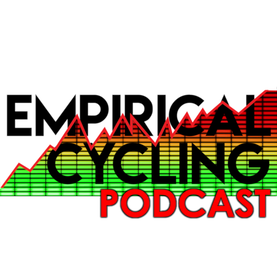
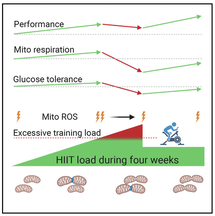
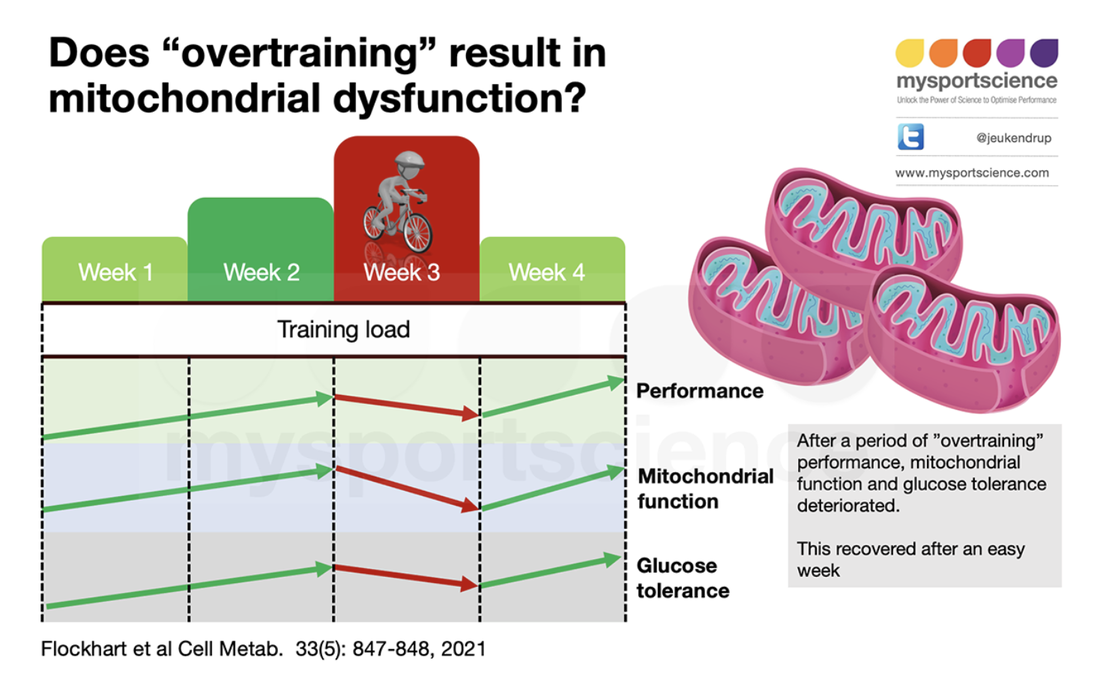
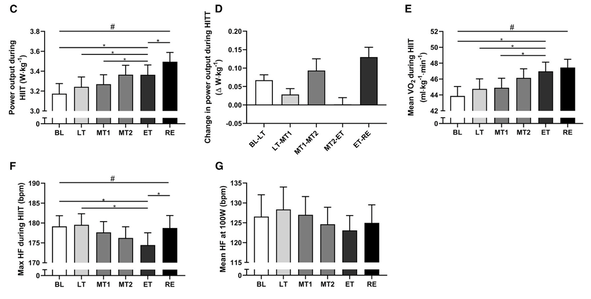
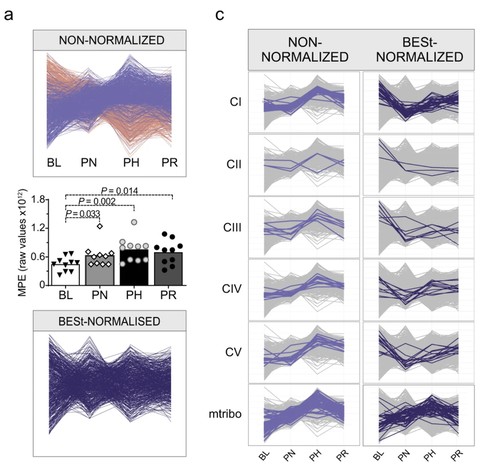
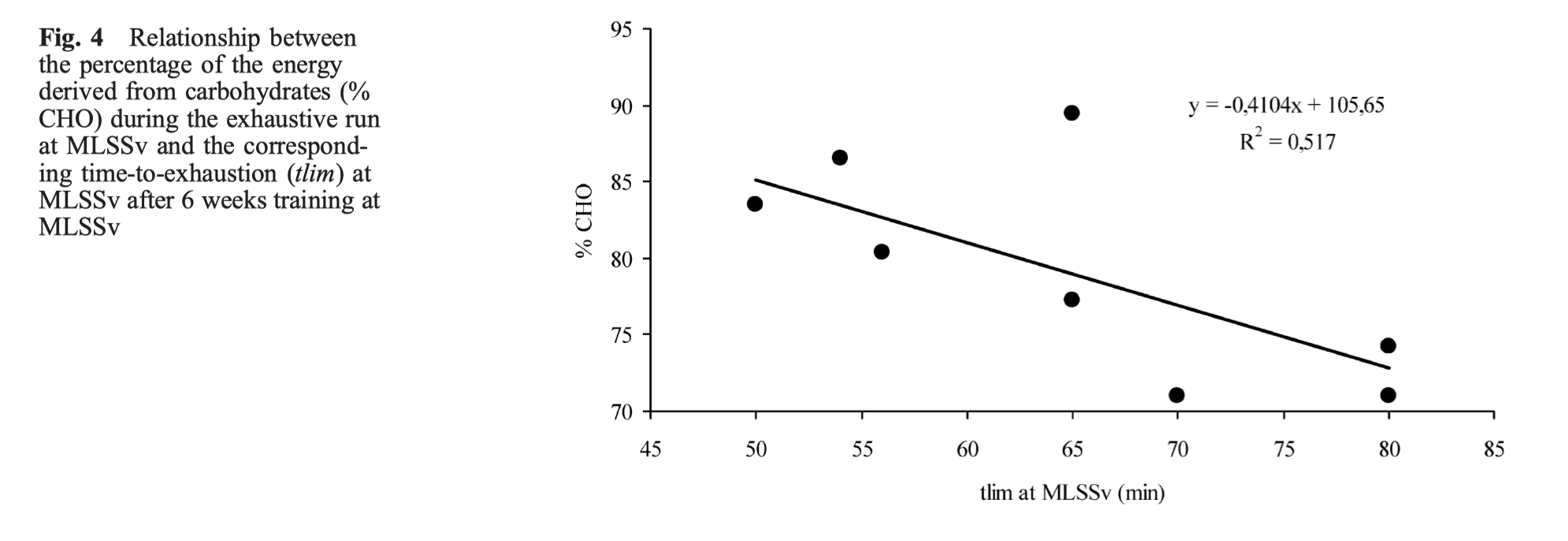
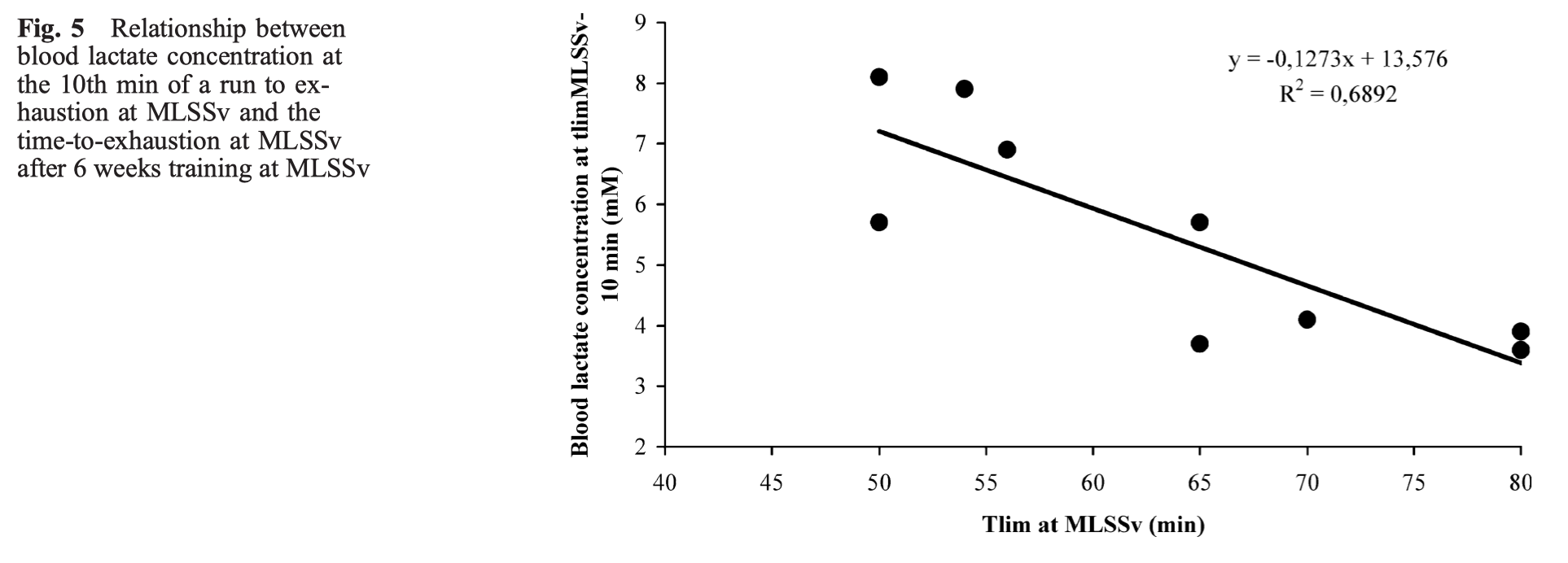
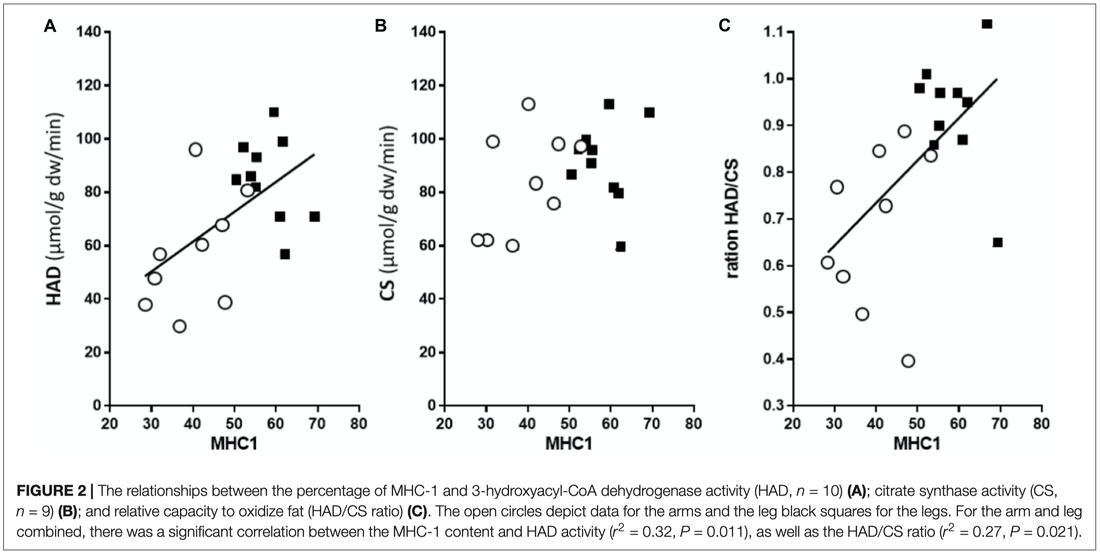
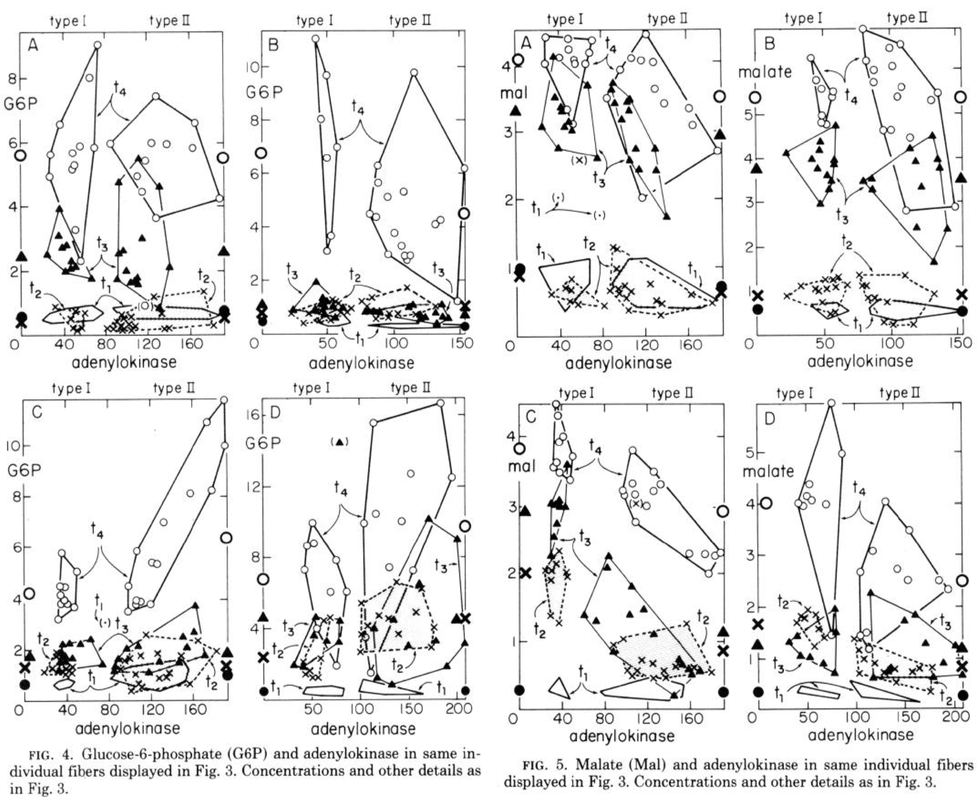
 RSS Feed
RSS Feed